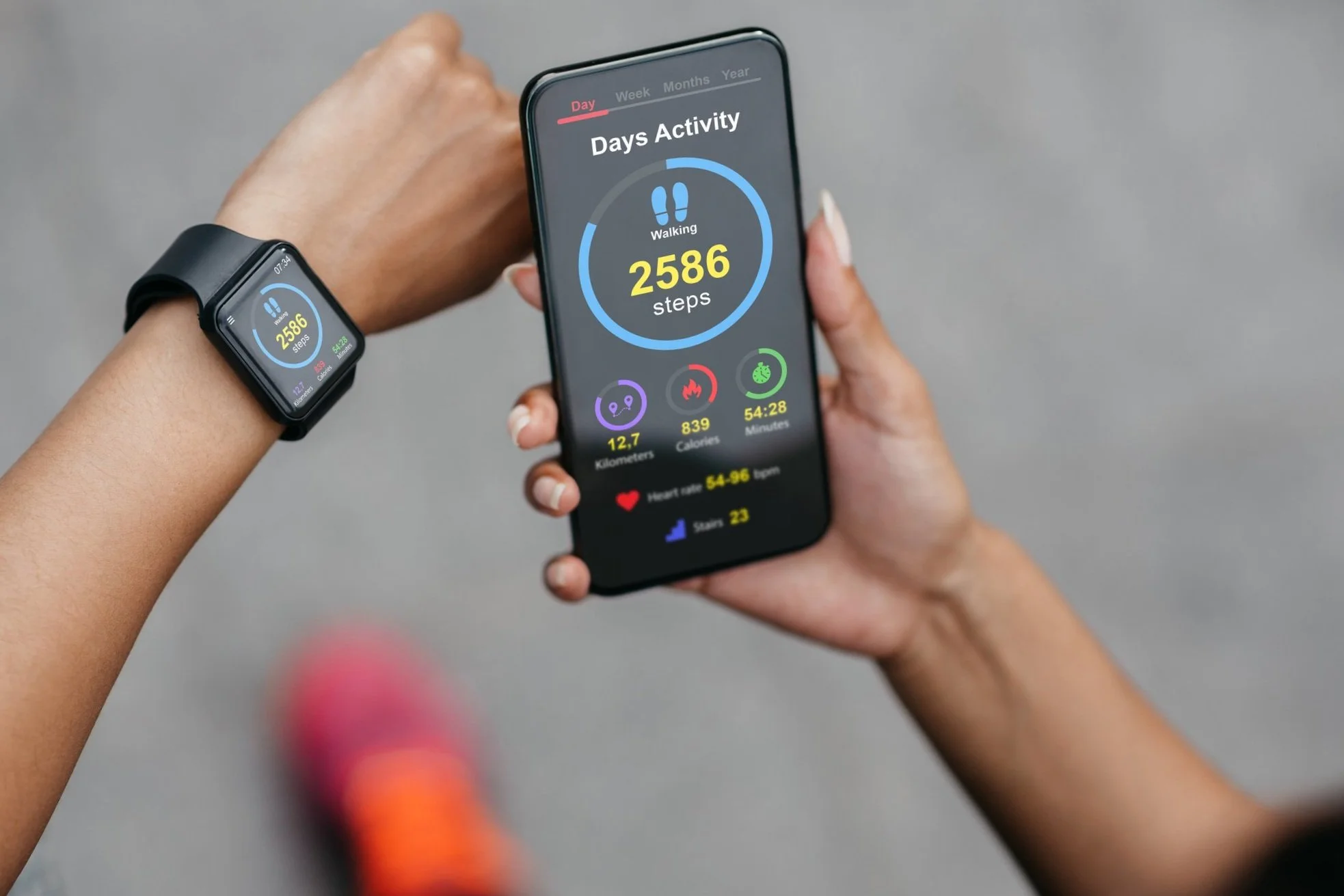Move aside traditional methods.

A paradigm shift — making changes and being highly adaptable is crucial to success. Without this, simply put, companies get left behind.
For the longest time, Continuous Improvement Teams have used solid facilitation skills to help the current states of organizations in advance of large transformations. Holding large workshops to gather inputs from key stakeholders, creating a flowchart, validating these, and then work to build recommendations off of this. This is a great method: it connects the stakeholders to the process, gives a sense of ownership, eliminates ambiguity, and you get a solid map to action. There is a reason it’s been so successful over the generations (literally.)
But, it’s 2023. I think the continuous improvement folks could use a taste of their own medicine.
I’ve outlined a few ways process mining could be used to improve the traditional process mapping methods:
- Make it more data-driven: Process mining uses a purely data-driven approach to process analysis, mapping out every instance of the widget as it traverses the system. In contrast, traditional process mapping workshops are often expert-driven, relying on the knowledge and time of process participants to identify and document process steps. There’s also quite a bit of subjectivity here, relying on the perceptions and experiences, which can be influenced by biases and interpretations. It’s really easy to document the happy path, but what about the other 600 sad variants.
- Quantitative versus qualitative: Mining turns the quantitative perspective of processes up to 11, allow organizations to measure and compare process performance throughout the process easily. You get significantly more insight into dimensions (e.g. which region is performing better, how much longer does it take certain conditions are in play). In contrast, this level of analysis is far more difficult with traditional methods; relying on observations, interviews, and subjective assessments to understand the process.
- Continuous analysis versus one-time event: I’d say this is the biggest advantage. Using mining for continuous analysis is crucial for process excellence. How do you know if you’re getting better and change is happening without constant monitoring of process health? How do you know which players are conforming to the process over time? How do you know if new issues are arising? Traditional workshops are often focused on one-time improvement efforts, and may not provide the same level of continuous improvement.
I’m a strong believer that teams can use process mining as a powerful tool to help support a data-driven, objective, and quantitative view of the process that can be used to drive continuous improvement. However, there are also a few pitfalls to it we should point out:
- Garbage In; Garbage Out: Ever used a bunch of expired ingredients to bake a cake? It’s not going to turn out well. Process mining suffers from the same limitations. If there isn’t good data governance or data hygiene practices in place, you will need to be cautious with the outputs. That being said, you need to start somewhere: perhaps take action to drive a clean up effort, improve standard documentation, or hold training sessions to align with the team and give them a view of the bigger picture and why it’s important. Reporting that you’re in a bad state is better than ignoring the issue as a whole.
- Drinking from the Fire Hose: Traditional process maps do a good job of massaging the final output to something that is more digestible at the cost of some of the finer details, which is what process mining truly embraces. If the culture or teams aren’t set-up for data-driven actions, there may be a bit of an information shock (which is both a good and a bad thing).
Process mapping isn’t going anywhere. It’s an effective tool for understanding the current state of affairs and driving continuous improvement. But it’s time to stop pretending that locking everyone in a room each with a pad of sticky-notes is an effective use of time and start embracing the information you have at your finger tips.
That’s all for now

.png)














